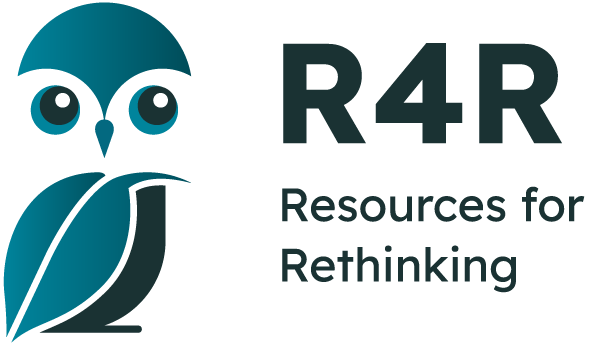- Home
- Tutorial
- Resource Guides
- Focus Areas
- LSF Programs
-
Professional
Development - Review Process
-
A project of LSF

Search for Resources
Description
This resource introduces the concept of Netukulimk and the interconnectedness First Nations feel for the land. The students will learn about abiotic and biotic factors and how they function within an ecosystem. The resource provides a hands-on activity in which students construct a biosphere to model a functioning ecosystem.
The resource begins with a discussion of ecosystems and biospheres. The students then identify an ecosystem in the local area and collect plant and animal materials from the site. These are used to construct a biosphere to study an ecosystem in their classroom. After building their model, students make daily observations guided by questions from a provided worksheet.
This resource is part of a compilation of activities that enable teachers to integrate climate change research into their classrooms through fun, engaging and accessible learning experiences.
General Assessment
Recommendation of how and where to use it
This activity is best suited for the elementary Science classroom. It helps to attain curriculum outcomes related to ecosystems, habitats, climate change and Indigenous knowledge. The biosphere activity would be best suited to be built early in a unit in order to allow the students sufficient time to observe the changes that will occur.
The Discover Our Climate learning activities are designed for grades primary to six and focus on Atlantic Canada. Each activity encourages students to be curious and create solutions for the on-going climate challenges we face.
Relevant Curriculum Units
The following tool will allow you to explore the relevant curriculum matches for this resource. To start, select a province listed below.
- Step 1Select a province
- Alberta
- Step 2Select a grade level
- Grade 4
- Step 3Select a subject
- Science
- Step 4Relevant matches
- Earth Systems: Understandings of the living world, Earth, and space are deepened through investigating natural systems and their interactions.
- Grade 6
- Step 3Select a subject
- Science
- Step 4Relevant matches
- Earth Systems: Understandings of the living world, Earth, and space are deepened through investigating natural systems and their interactions.
- Living Systems: Understandings of the living world, Earth, and space are deepened through investigating natural systems and their interactions
- British Columbia
- Step 2Select a grade level
- Grade 4
- Step 3Select a subject
- Science
- Step 4Relevant matches
- Science 4: All living things sense and respond to their environment
- Grade 5
- Step 3Select a subject
- Science
- Step 4Relevant matches
- Science 5: Earth materials change as they move through the rock cycle and can be used as natural resources.
- Manitoba
- New Brunswick
- Newfoundland & Labrador
- Northwest Territories
- Step 2Select a grade level
- Grade 4
- Step 3Select a subject
- Science
- Step 4Relevant matches
- Science 4: All living things sense and respond to their environment
- Grade 5
- Step 3Select a subject
- Science
- Step 4Relevant matches
- Science 5: Earth materials change as they move through the rock cycle and can be used as natural resources.
- Nova Scotia
- Nunavut
- Ontario
- Step 2Select a grade level
- Grade 4
- Step 3Select a subject
- Science & Technology
- Step 4Relevant matches
- Life Systems: Habitats and Communities
- Grade 5
- Step 3Select a subject
- Science & Technology
- Step 4Relevant matches
- Earth and Space Systems: Conservation of Energy & Resources
- Grade 6
- Step 3Select a subject
- Science & Technology
- Step 4Relevant matches
- Life Systems: Biodiversity
- Prince Edward Island
- Quebec
- Step 2Select a grade level
- Grade 4
- Step 3Select a subject
- Science & Technology
- Step 4Relevant matches
- Living Things
- Grade 5
- Step 3Select a subject
- Science & Technology
- Step 4Relevant matches
- Living Things
- Grade 6
- Step 3Select a subject
- Science & Technology
- Step 4Relevant matches
- Living Things
- Saskatchewan
- Yukon Territory
- Step 2Select a grade level
- Grade 4
- Step 3Select a subject
- Science
- Step 4Relevant matches
- Science 4: All living things sense and respond to their environment
- Grade 5
- Step 3Select a subject
- Science
- Step 4Relevant matches
- Science 5: Earth materials change as they move through the rock cycle and can be used as natural resources.
Themes Addressed
Air, Atmosphere & Climate (1)
- Climate Change
Ecosystems (3)
- Appreciating the Natural World
- Biodiversity
- Interdependence
Indigenous Knowledge (2)
- Etuaptmumk/Two-Eyed Seeing
- TEK -- Traditional Ecological Knowledge

